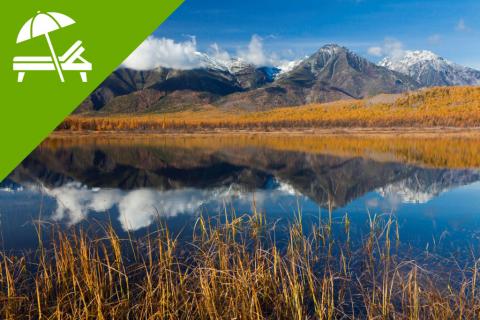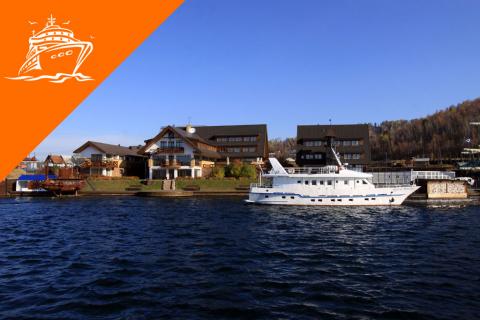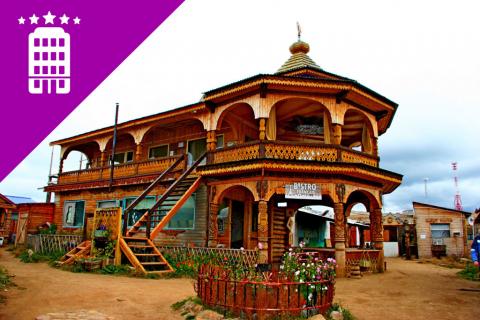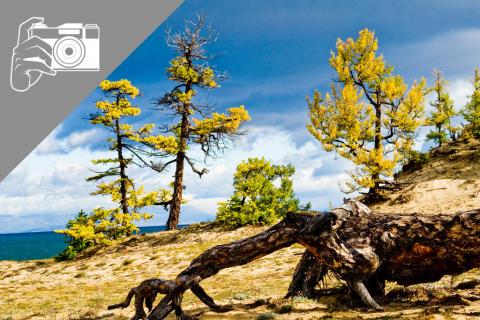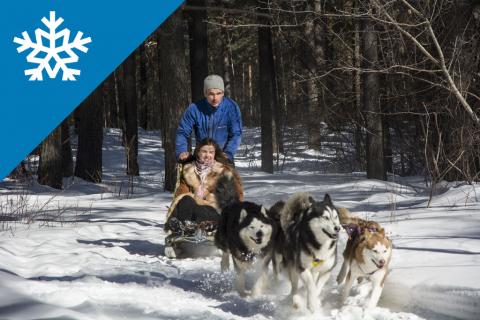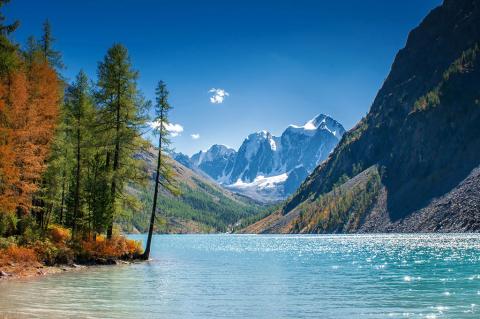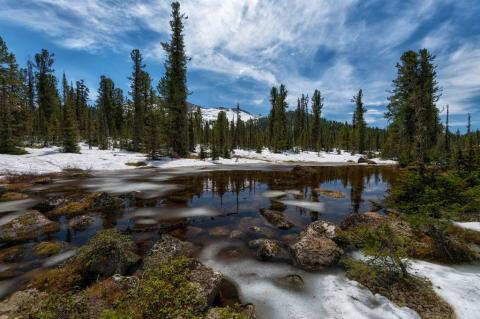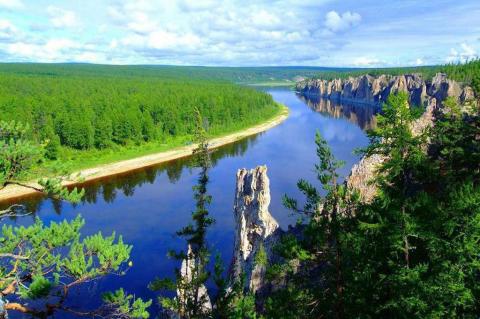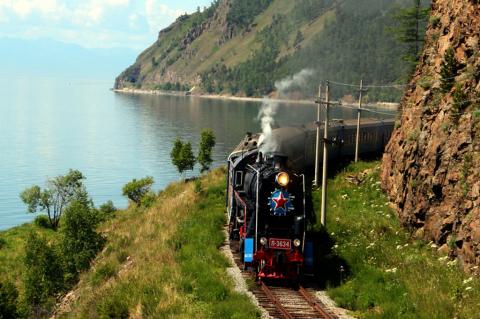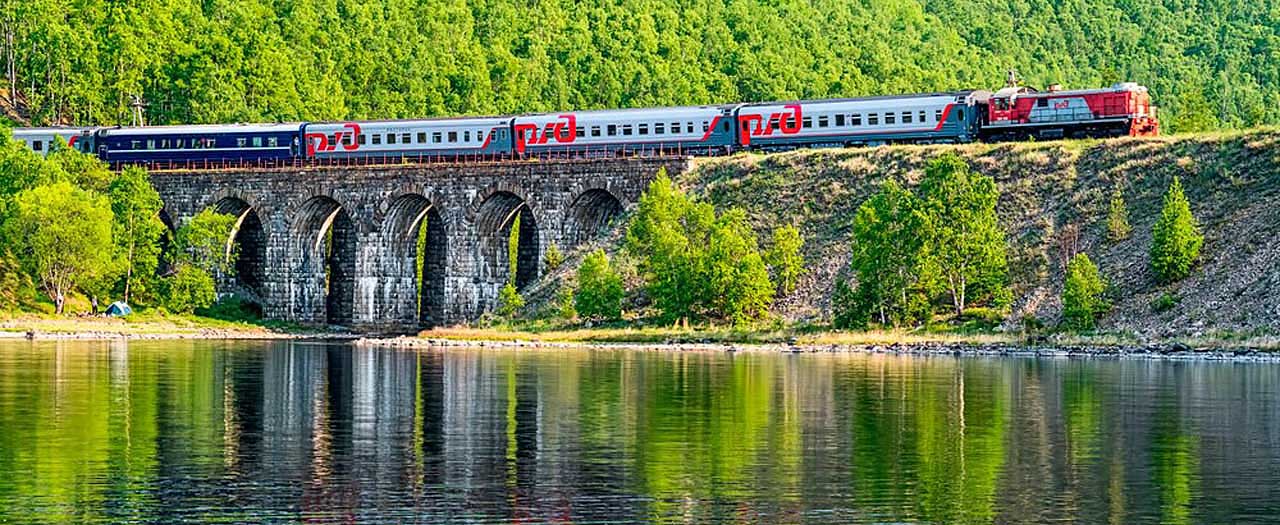Siberia is a vast region of Russia constituting almost all of northern Asia. It extends eastward from the Ural Mountains to the Pacific Ocean and southward from the Arctic Ocean to Kazakhstan, Mongolia and China. All but the extreme south-western area of Siberia lies in Russia, and it makes up about 75% of that country's territory.
With an area of over 9,653,000 km2, Siberia makes up roughly three-quarters of the total area of Russia. Major geographical zones, include the West Siberian Plain and the Central Siberian Plateau.
Siberia contains 20 entities of the Russian Federation. Its population, residing mainly along the Trans-Siberian Railway and in the south, amounts to 15% of the whole Russia population. It is the most northern, the coldest and the least populated part of Siberia that is fraught with immense natural riches.
Comparative figures
| Russia | Siberia | Canada | USA | China | |
| Area, thousand km2 | 17,075 | 9,653 | 9,976 | 9,373 | 9,597 |
| Population, thousand persons | 148,306 | 25,530 | 28,434 | 263,814 | 1,203,097 |
| Population density, persons per km2 | 8.7 | 2.7 | 2.9 | 28.1 | 125.4 |
Siberia’s share in natural resources of Russia
-
fuel and power resources - over 80%;
-
prospected gas reserves - 85%;
-
prospected coal reserves - 75%;
-
prospected petroleum reserves - 65%;
-
potential hydroelectric power resources - 45%;
-
timber reserves - over 50%;
-
large deposits of non-ferrous metal ores and various minerals, including diamonds.
Some sources say that the word Siberia originates from the Turkic for "sleeping land"
Surprising Facts about Siberia
-
Siberia makes up 75% of the Russian Federations territory, approximately 9,653 square kilometers or 3,727 square miles. That’s almost the same size as Canada and 1.5 times bigger than Europe!
-
There are three distinct regions in Siberia: Western Siberia, Eastern Siberia and the Far East.
-
The population of Siberia is over 39 million people, representing 27% of the Russian Federation’s population!
-
Siberia has tremendous cultural diversity including Altaians, Buryatians, Dolgans, Koryaks, Kumandins, Mansi, Selkups, Tuvinians, Khakasians, Hunts, Evenki and of course Russians.
-
Siberia has the most extreme temperature swings on earth, going from a shivering minus 50 Celsius (-122 Fahrenheit) in the winter to a blistering +40 Celsius (+ 104 Fahrenheit) in the summer!
-
Siberia boasts some of the Earths most beautiful rivers: Yenisei, Ob, Irtysh, Lena, Amur and others.
-
Siberia is home to the largest Lake in the world, Lake Baikal and many other mysterious and amazing lakes such as Taymir and Tunguska lake.
-
Siberia is home to the Taiga, the largest forest in the world!
-
Siberia is Russia’s industrial and natural resource centre for oil, gas, timber and minerals.
-
Siberia is a tourist paradise with well known destinations such as “Belokurikha”, Lake Baikal, Atlai and Far East resorts.






